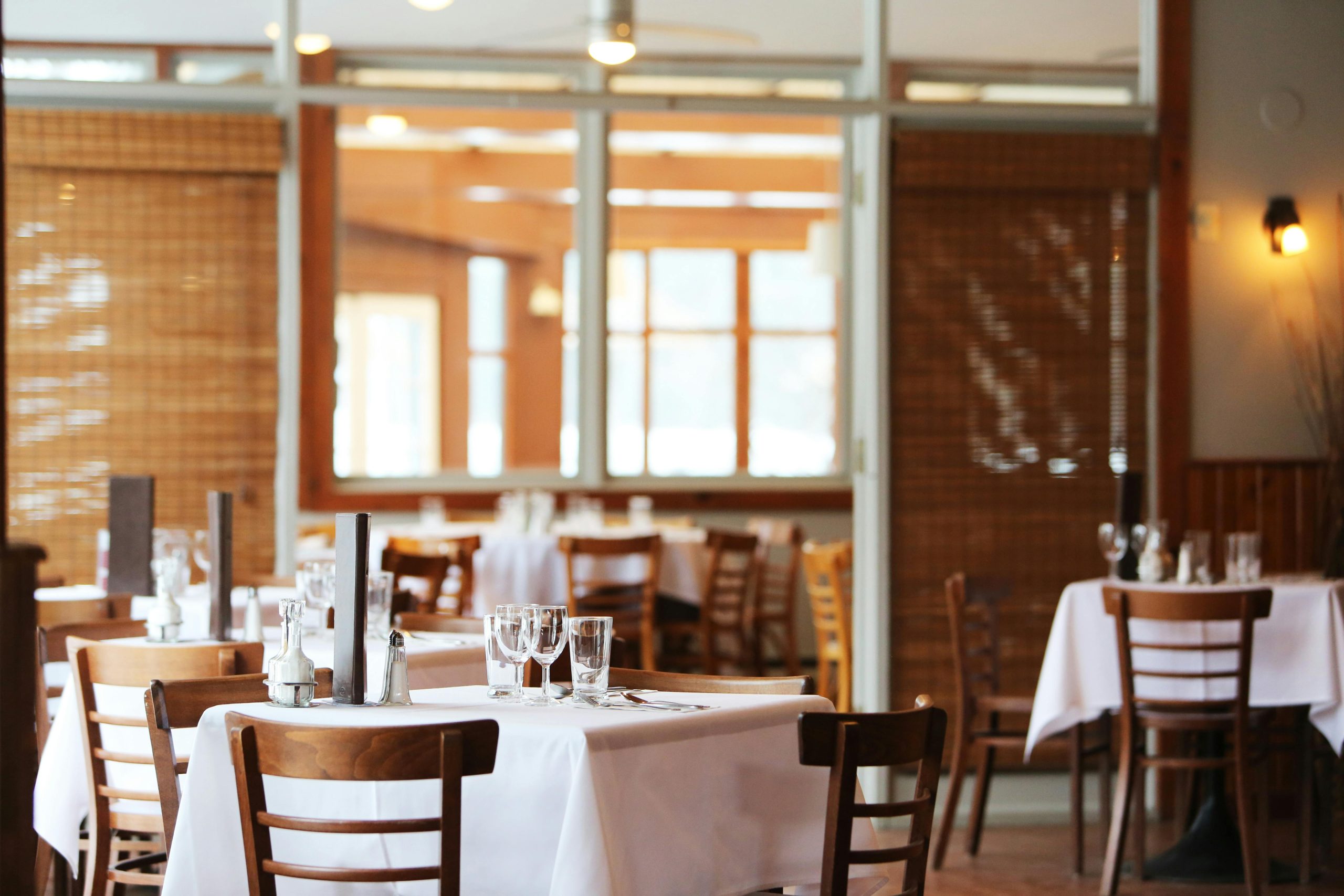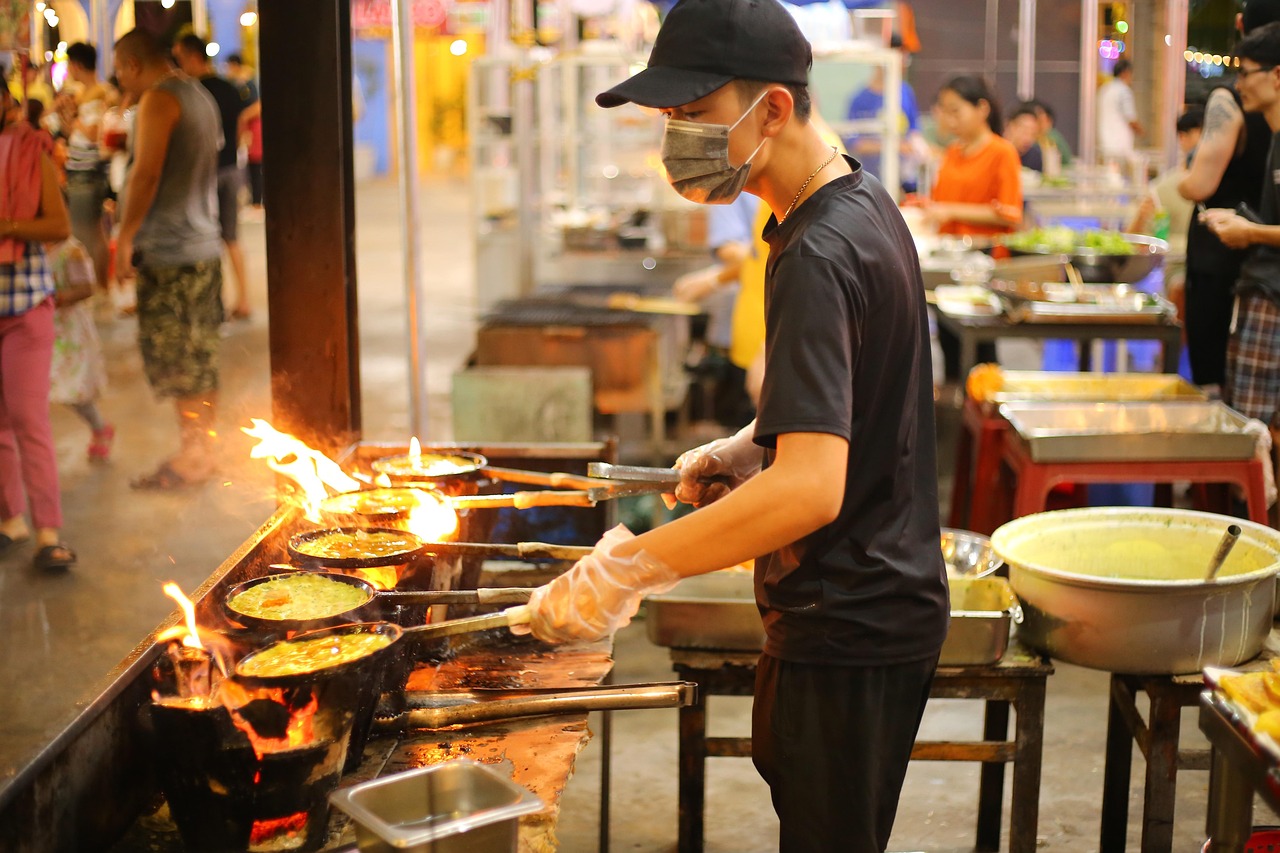Saudi Arabia, the central region of the Arabian Peninsula, is both a place of age-old history and astonishing deserts, as well as a mecca for food lovers. Saudi cuisine mirrors the country’s rich geographic diversity, its tribal customs and Islamic beliefs. Having origins in Bedouin practices and influenced by ancient spice routes, Saudi food culture centers on friendly hospitality, warmth and taste. Having a taste for food or looking for good recipes in other countries, eating traditional Saudi Arabian dishes is always a way to discover new flavors and cultures. Kabsa and Harees are just some of the many dishes that introduce you to Saudi Food Culture and its traditions.
Experiencing Saudi Arabian Food
Focusing on sharing and community is at the heart of what Saudi Food Culture is all about. A meal makes more than our stomachs happy—it brings people together, shows kindness and builds links among family, friends and faith. A popular way to eat in Saudi homes is for diners to take food from one big plate on the floor which is surrounded by seating cushions. This type of meal teaches people the importance of teamwork and respect.
It also shows how each province has its own style of cooking. For example, the food in western Hijaz is changed by the Red Sea’s recipes and by the influence of many generations of pilgrims coming to Makkah and Madinah. In this area, the desert climate has inspired the usual diet to consist of tough dishes, for example, Jareesh Traditional Dish and Harees Saudi Dish. You’ll find lots of rice and seafood dishes in the eastern province which is next to the Gulf. Using rice, lamb, chicken, wheat, yoghurt and cardamom, cinnamon and cloves as main ingredients, Saudi cooking has its characteristic tastes and aromas.
Kabsa from Saudi Arabia – The Official National Dish
Kabsa is the dish that best represents Traditional Saudi Cuisine. Named as the national dish, Kabsa consists of seasoned rice, lamb or chicken, vegetables and nuts. The dish is popular among people in Saudi Arabia, who typically eat it at weddings, during Eid and while celebrating with family.
The spice combination and abundant preparation are the main things that make Kabsa special. Rice is simmered in the broth of the meat, so each grain takes on both depth and warmth from it. Golden raisins, fried onions and roasted almonds are spread over the dish in the end which creates a unique contrast of tastes and textures. You’ll discover that Kabsa is often made in different ways across the country, with each area having its own version of the dish.
It is said that Kabsa Saudi Arabia was first made in the Najd region, then became known throughout the nation through discussions with different tribes. These days, Kabsa stands for national identity and you won’t find a feast in Saudi Arabia without it taking pride of place in the middle.
How a Yemeni Influence Makes this Stew a Real Saudi Treat
Even though Mandi is part of Yemeni culture, it is now a vital part of Traditional Saudi Cuisine, mainly in the south, especially in Asir and Najran. Traditionally, the Saudi Mandi Recipe includes flavorful rice, marinated lamb or chicken and is cooked in a tandoor or buried in an underground room. Cooking pork and rice slowly makes the pork tender and allows the rice to pick up every spice and smoky aroma.
What sets the Saudi Mandi Recipe aside from other rice recipes is that it uses very little oil and focuses on mild, earthy flavors from the spices, not very strong heat. Traditional spices in Indian cooking include clove, cinnamon, cardamom and cumin which add an aroma without it being too much. The rice is soaked in the juices left by the meat as it gets cooked over the rice on a grill rack which leads to excellent flavor mixing.
During Saudi national events, Mandi is always present in food dishes. At many homes and restaurants, it is plated on large platters that allow everyone to dig in with their hands. Traditional “Mata’am” restaurants in Riyadh, Abha and Jizan are the best choice, since they ensure that Saudi Mandi stays just as flavorful as it used to be.
Jareesh Traditional Food – Ancient Grain’s Long-Time Favorite
Where Bedouin traditions live on strongly in the middle of Saudi Arabia, the Jareesh Traditional Dish becomes especially important. Using wheat crushed into flour, buttermilk or yoghurt, onions and meat or chicken, confidently make this wholesome dish in the Najd region.
It proves that Saudi cuisine can withstand changes and remain strong. Since it evolved in a dry climate where wheat increasingly grew over rice, there was plenty of dairy as livestock grazed nearby. Sour yoghurt and gentle cooking over many hours give the wheat a slightly sour taste and a creamy texture. The blend of cumin, black pepper and dried lemon brings warmth to rice and a little ghee makes the rice more flavorful.
Loved in Saudi Arabia, Jareesh is often made around winter or during Ramadan. It is a nourishing food that also fills you up, reflecting the nation’s history as a country with an agriculture-based economy. While nowadays you can also use chicken or beef stock, Jareesh remains a truly traditional dish from Saudi Arabia.
Harees Saudi Dish – Clean, Simple and Worth Trying
The Harees Saudi Dish is another important staple of Traditional Saudi Cuisine, most often served during Ramadan. By simmering wheat with meat or chicken until the grains are soft and the mixture gets creamy, Harees is famous for being smooth and lightly flavored. Even though it is easy to cook, it shows a lot about Arabic hospitality and heritage.
The Harees Saudi Dish is most commonly eaten in the west and center of the Kingdom. Hiding the onions and stirring the polenta consistently until the wheat is slightly translucent takes time. Although the main ingredients are limited, the end result is soothing, nourishing and respected as a symbol of how Saudi Food Culture supports community. Ghee is usually drizzled over harees before serving it with either dates, different soups or a fresh salad at Iftar.
Early on, Harees was prepared just once for everyone to gather and finish their fast. Today, Harees is served in mosques, homes and at charitable banquets all across Saudi Arabia. With many trendy food options around, Harees is still well known for its history and bringing families together.
A Rice Dish that is a Specialty from Hejaz
The Saleeg Rice Dish comes from the western part of Hejaz and is white rice made with milk, butter and meat—usually chicken or lamb. While Saleeg comes from Taif and is hugely enjoyed in Makkah and Jeddah, some say it is Saudi Arabia’s version of risotto or porridge, but it retains its own identity.
After cooking the rice in chicken broth, hot milk and butter are added and everything is mixed until the sauce becomes smooth and silky. Then, roasted or grilled meat is set on the egg and a sprinkling of black pepper and cinnamon is added. You’ll find ravioli served with tomato sauce to make the cream in the dish stand out more.
Saleeg plays an important role at religious, wedding and family meals. The cuisine’s heritage in the chilly Taif area is reflected in dishes meant to give you a sense of being cared for. Like most dishes, Saleeg Rice has the beauty of balance; it is not excessive and still tastes good, quite elegant, but not complicated. This kind of cuisine represents how dairy, grains and spices unite to represent heritage as well as the traditional food made at home.
Adding Finishes And Old Favorite Desserts
Conventional Saudi dishes are not complete without a sweet dessert. Even though Saudi Food Culture concentrates on rice and meat meals, desserts are also treasured by families. Favorites in the region are “Maamoul,” made from semolina and filled with dates and “Luqaimat,” which are fried balls of dough and topped with date syrup or honey.
Still, “Qahwa”—a spicy green cardamom coffee—alongside dates, is often the most common meal partner in Saudi Arabia. After every meal, you’re likely to be offered coffee by your hosts showing their hospitality and gratitude. Brewing and serving Qahwa in dallahs and serving it in cups without handles is how Saudi culture likes to mark the occasion.
How Cultures’ Foods Have Been Passed Down Through Twelve Generations
It’s wonderful how Saudi Food Culture is handed down from one generation to the next. The customs and secrets of the Saudi Mandi and Harees dishes are guarded by mothers and grandmothers.
These festivals now help younger people in the Kingdom learn about their nation’s cuisine. At Riyadh Season and the Janadriyah Festival, guests enjoy live cooking, enjoy interesting stories and can try the popular Jareesh Special Dish, among others.
In addition, chefs from Saudi Arabia are being inspired by the global affection for Middle Eastern cuisine to open restaurants around the world that serve traditional Saudi food. Some people trying to get Michelin stars are now putting twists on Kabsa and Saleeg to include both old and new ideas.
Saudi Cuisine Around The World In The Future
As tourism comes to Saudi Arabia, more people worldwide are getting to know and value Traditional Saudi Cuisine. Kabsa Saudi Arabia and the Saudi Mandi Recipe have gained followers outside the Gulf, thanks to an increase in interest in international food and the Kingdom’s goal to promote culture.
Jareesh Traditional Dish is getting noticed thanks to tutorials from Saudi chefs on online cooking platforms and on YouTube. Also, food bloggers and travel influencers are recommending the Saleeg Rice Dish as a popular dish you should taste when you come to Saudi Arabia.
Because UNESCO is interested in recognizing Saudi cooking, it is now more important than ever to protect and promote these dishes. Saudi Food Culture is rising, moving forward and attracting attention around the world.
A Feast of Flavor and Heritage: Summary
Traditional Saudi food is not only a collection of dishes, but also a way to experience Saudi’s past, customs and kindness. Kabsa from Saudi Arabia, the filling Jareesh Traditional Dish, the flavorful Harees Saudi Dish and the comfort offered by the Saleeg Rice Dish all speak about what family and personal identity means. The smoky taste in the Saudi Mandi recipe is due to careful preparation, but it is also a dish that is meant to be enjoyed with others.
Thanks to globalization, Saudi Food Culture defines and highlight Saudi Arabia’s nature. Enjoying Traditional Saudi Cuisine suits both travelers and culinary fans, as it becomes a meaningful link to the way life is lived in the Arabian Peninsula.
These timeless dishes are more than just food, they’re a taste of Saudi culture. Stay connected with Know Saudi as we continue exploring the Kingdom’s rich traditions.




